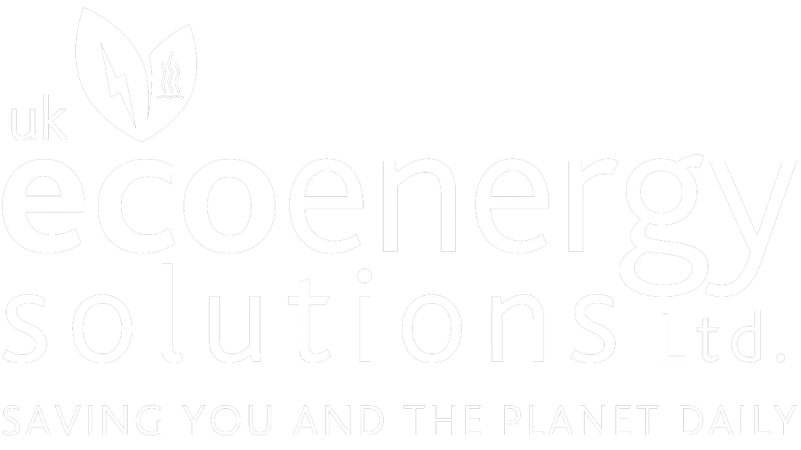
The world is changing, and so is the way we produce energy. For decades, we have relied on fossil fuels like coal, oil, and gas to power our homes and industries. But these resources are limited, and burning them fills our atmosphere with harmful greenhouse gases. That is where renewable energy comes in, a cleaner, more sustainable way to keep the lights on without damaging our planet.
What is Renewable Energy
Simply put, renewable energy comes from sources that do not run out. Think about daylight, the wind that blows across open fields, rivers that keep flowing, or heat that naturally exists beneath our feet. Unlike fossil fuels, these resources naturally replenish themselves, making them an endless supply to clean power.
How Does It Work?
The beauty of renewable energy is in its variety. Solar panels capture daylight and turn it into electricity. Wind turbines spin gracefully in the breeze, powering entire cities. Hydropower uses the force of moving water to generate energy, while biomass converts organic waste into usable fuel. Even the Earth’s own heat can be tapped through geothermal systems. And in the future, we might see ocean waves and tides providing significant amounts of power to coastal communities.

Why Does This Matter?
Switching to renewable energy is not just about keeping the lights on; however, it is about securing a healthier planet. Renewable sources produce little to no greenhouse gas emissions, which means they do not contribute to change the way fossil fuels do. They also make countries less dependent on imported oil and gas, create thousands of new jobs, and often end up being cheaper in the long run.
The Challenges We Face
Of course, it is not all smooth sailing. Solar and wind power can only generate electricity when there is daylight or the wind is blowing. Storing that energy for later use is still expensive and large projects can sometimes disrupt local ecosystems. But technology is advancing quickly. Batteries are getting better, smarter power grids are emerging, and new innovations like floating solar farms are solving many of these problems.
Looking Ahead
The future is bright for renewable energy. Costs have fallen dramatically over the past decade, making solar and wind power some of the cheapest forms of electricity in the world. Experts believe that by 2050, most of the world’s electricity would come from renewable sources. This shift will not just change how we produce energy, it will transform our economies, our cities, and even the way we live our daily lives.
So, renewable energy is not just a technology, it is a movement toward a cleaner, safer, and more sustainable world. Every solar panel installed, every wind turbine built, and every community-powered microgrid brings us one step closer to breaking free from fossil fuels. The journey is still underway, but one thing is clear: renewable energy is not the future, it is happening right now.


